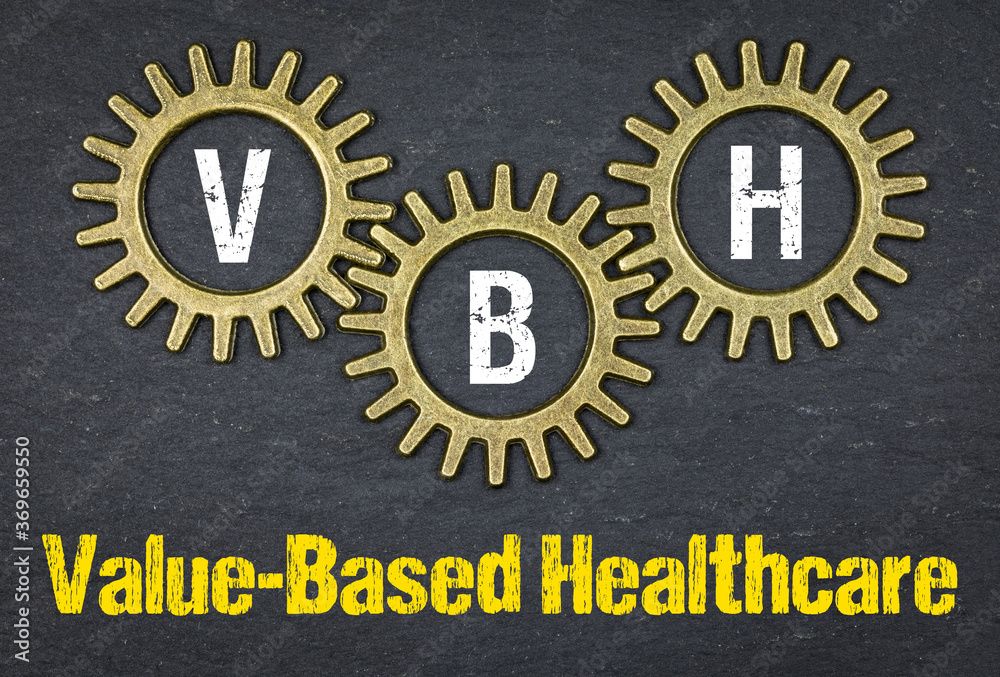News
Slideshow
Remote patient monitoring facts, figures and policy recommendations — a slideshow
Author(s):
RPM gets analyzed in a new report by the Peterson Center on Healthcare.
Remote physiologic monitoring and remote therapeutic monitoring (RTM) still are relatively small segments in the U.S. health care system.
Grouped as remote patient monitoring (RPM), they are developing across health care as a new toolkit for physicians to gather patient data that could improve outcomes. RPM also involves equipment, a commitment of time by the doctor and patient, and money.
Medicare began reimbursing for RPM in 2019. The Peterson Center on Healthcare published “Evolving Remote Monitoring: An Evidence-Based Approach to Coverage and Payment,” an analysis of data since then to evaluate conditions, costs and outcomes. The report found there could be opportunities to refine use of RPM to maximize effectiveness and cost.
This slideshow presents findings from “Key Takeaways: A Review of Remote Monitoring Utilization Data,” a section of the report, and three policy recommendations announced by the Peterson Center.
Data was analyzed by the Peterson Center and the affiliated Peterson Health Technology Institute. All figures come from the report.





